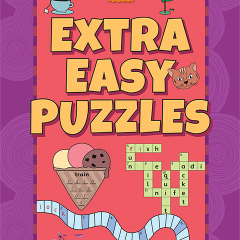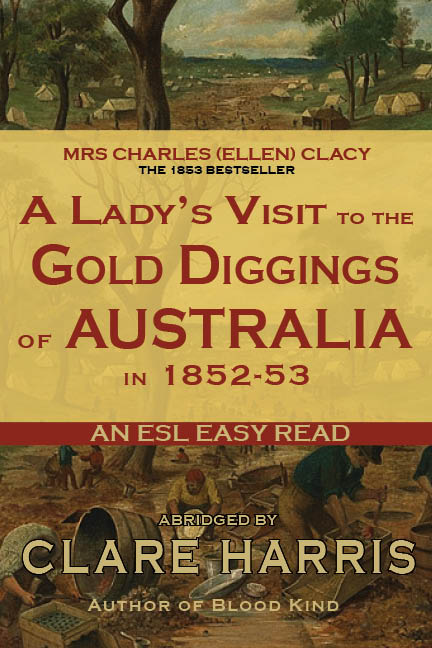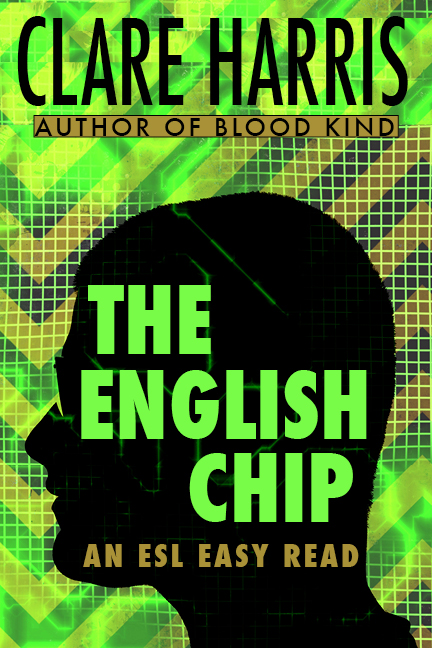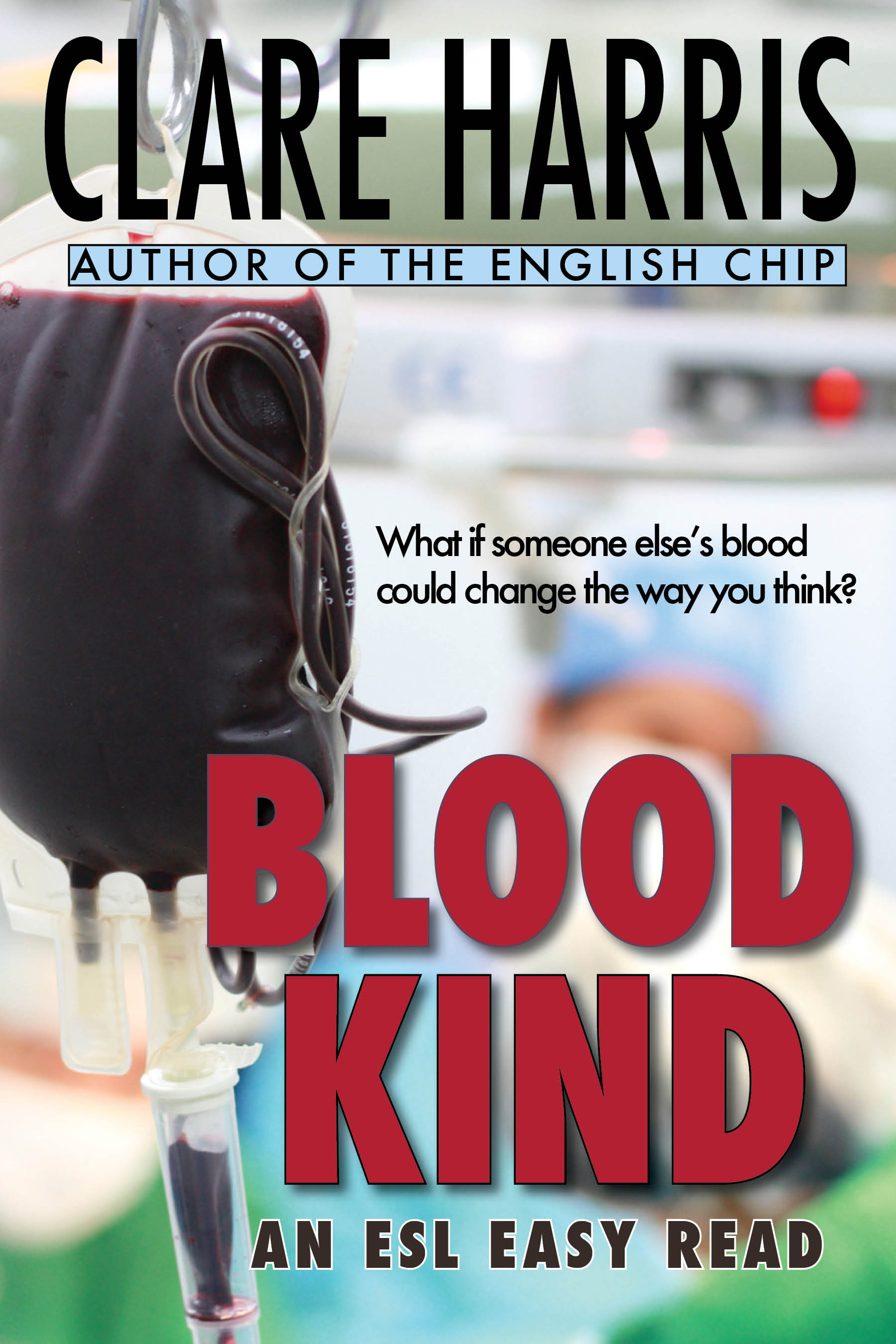It’s already July, the month I’d hoped to launch the next ESL Extras book, Extra Easy Puzzles – and we’re still doing the last few tweaks. My wonderful editor found a glitch I hadn’t even spotted (not a typo, but something that made a puzzle hard to do). Isn’t it always the way that you can look at something a hundred times yourself, but only a fresh pair of eyes can spot the problems? Well, better fixed now than later…
Why ESOL puzzles?
I’ve always wanted to do an ESOL puzzle book, inspired by the puzzles and quizzes in magazines like That’s Life! and the little puzzle books you find on the back wall of the newsagency. I like the way they’re an authentic mainstream ‘leisure’ language experience. They’re also a ‘real life’ context for learning to spell or copy correctly – they simply don’t work if you get the spelling wrong. I’ve tried to include a variety of puzzle types, with the ‘pay-off’ of a hidden word or an extra word – while making the language a lot easier than in mainstream puzzles, of course.
So what’s the level?
Extra Easy Puzzles is Beginner C: there are illustrations, but it’s not just picture-vocabulary matching – there’s reading and meaning-making required. So for me, that means ‘aimed at strong beginners, or new post-beginners’. Here’s a sample so you can see how it would suit your learners.
Some of those puzzles look a bit unfamiliar…
Exactly! As you’ll see, learners may need an introduction to the concept of some puzzles, even if they’re already familiar with the across and down aspect of crosswords and wordfinds. They may need to be introduced to things like:
- reading across and down the highlighted boxes to find a new word
- the idea of an ‘extra’ word
- adding a letter to make a new word
- the way in which our jokes are often a play on words
- variants like no-clue puzzles or missing letter puzzles
- pair work puzzles, where they have to think of a clue.
To help with this, the CD in the back of the book will have a pdf of the puzzles, so that you can project the puzzles on a whiteboard to show how they’re done, with some ‘come-up-to-the board’ or ‘think-aloud’ demonstration. The CD also means that you can print the puzzles directly (less time at the photocopier, though of course the book is also photocopiable).
And the release date?
Shall we say late July? If you’re on the newsletter list, you’ll hear as soon as it’s out, or watch this space…









One response to Coming soon: Extra Easy (ESOL) Puzzles
Comments are closed.